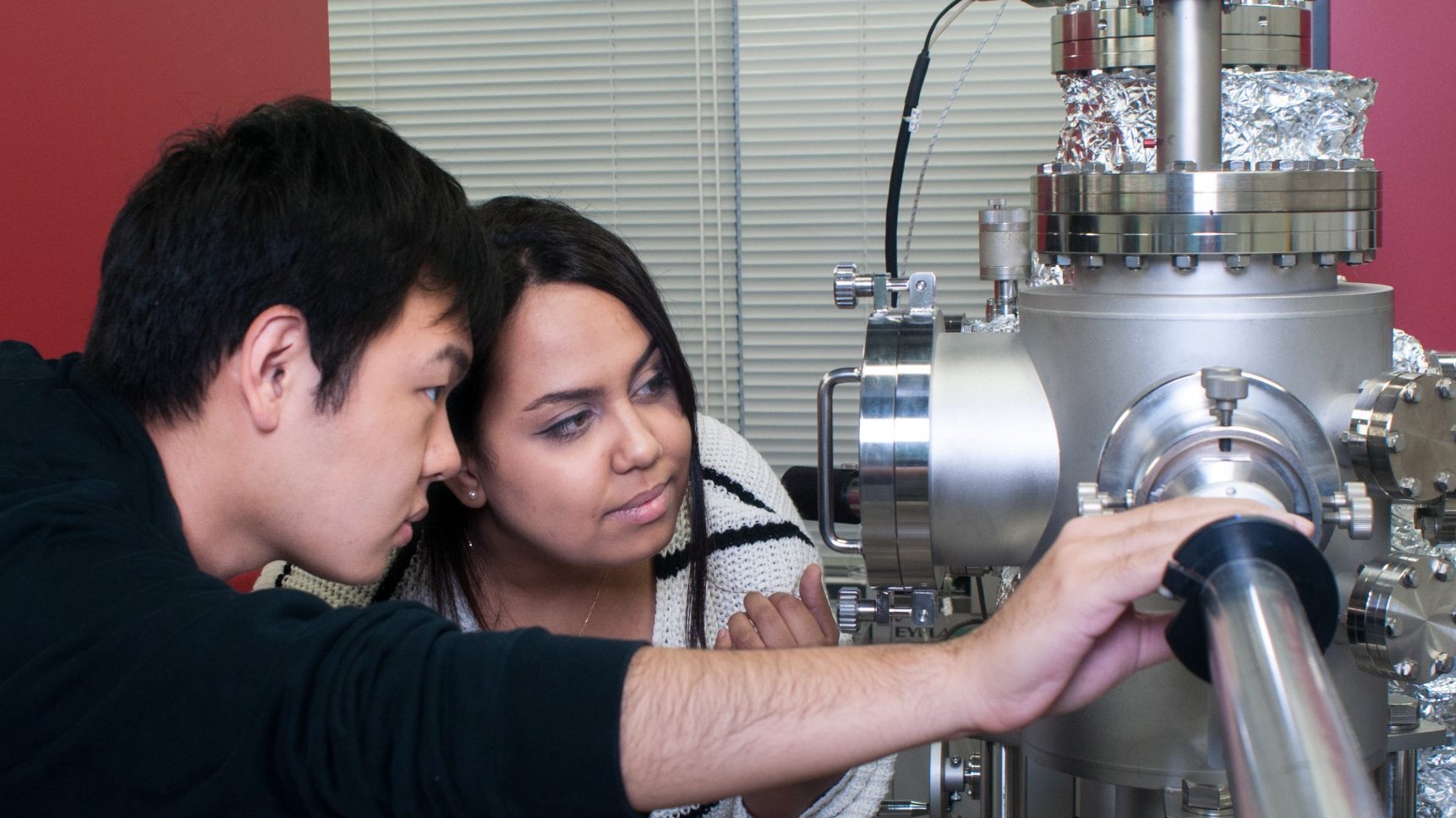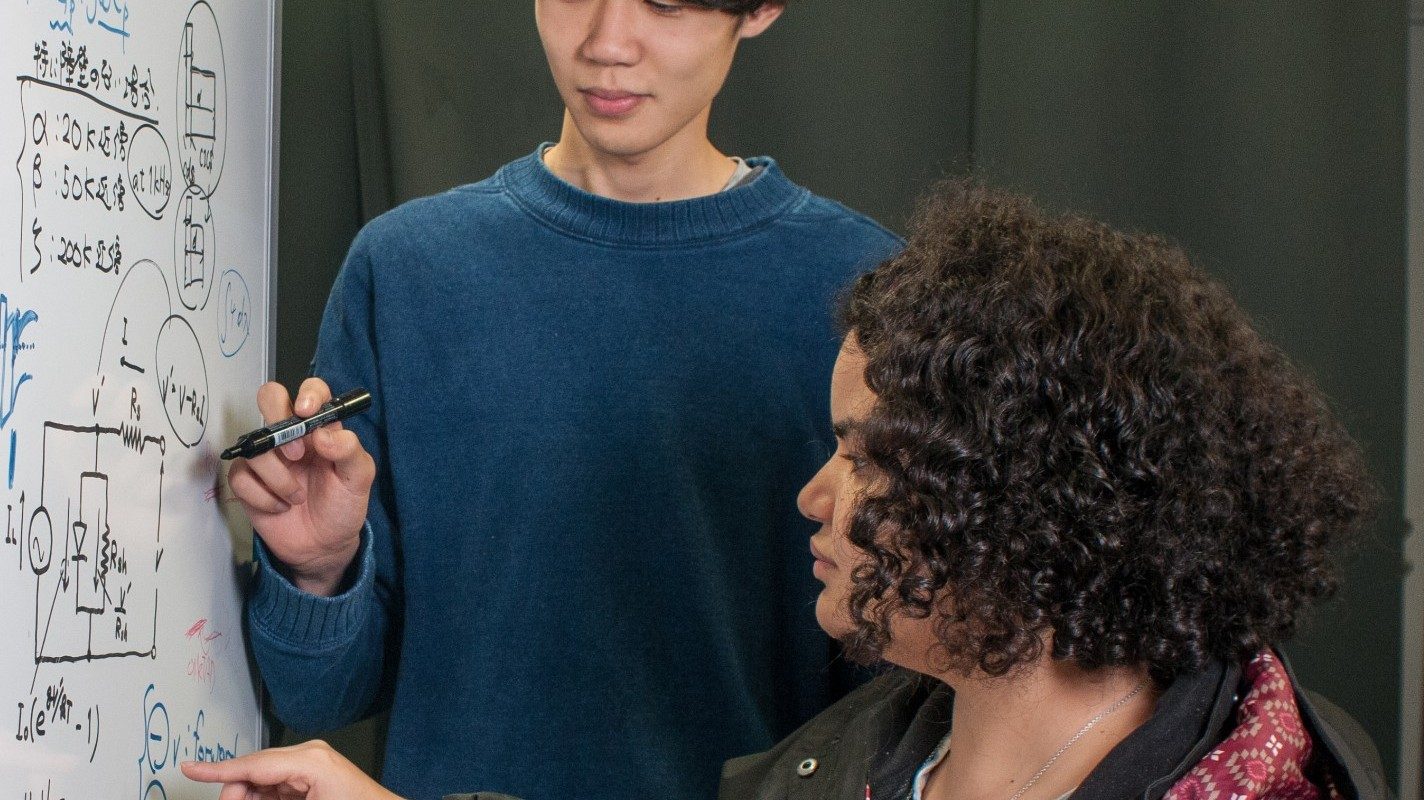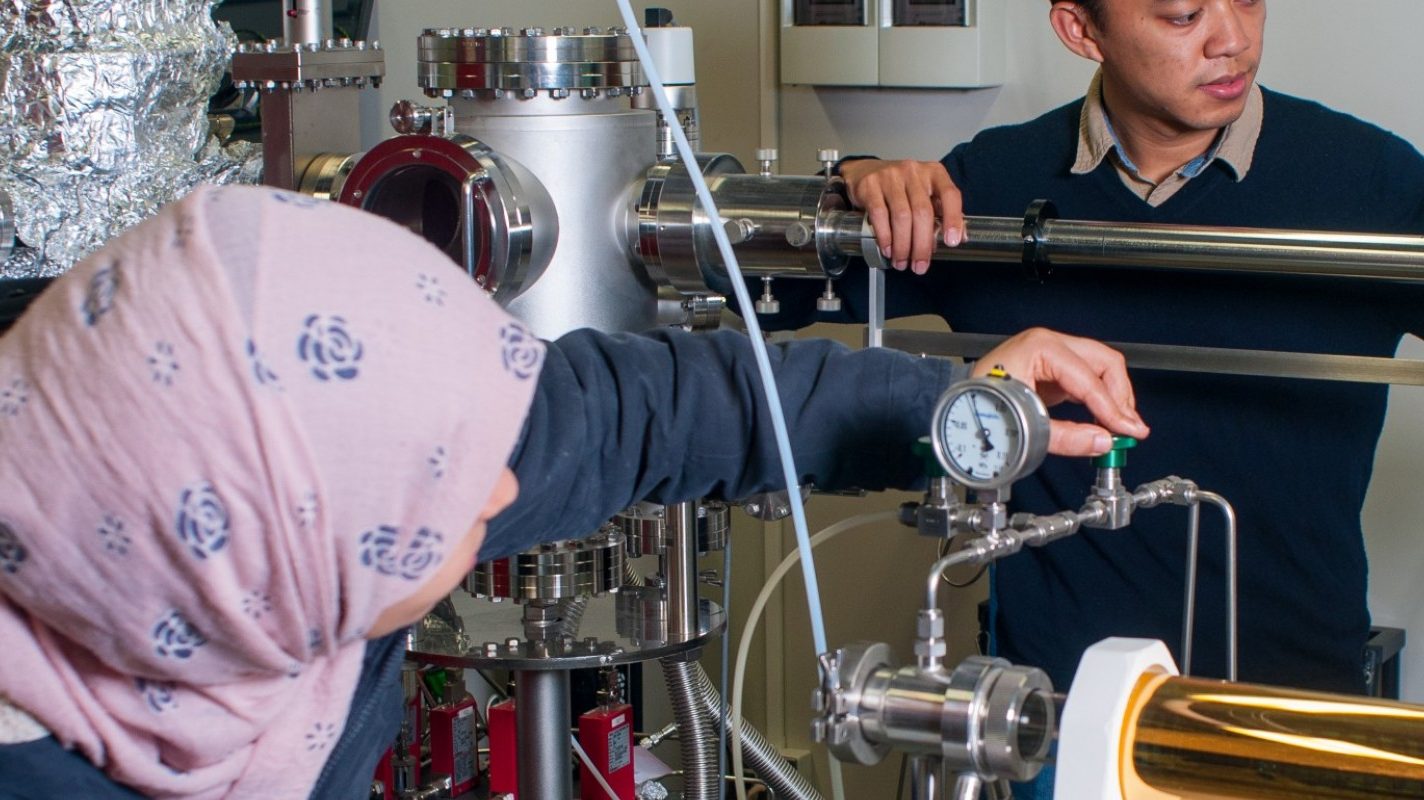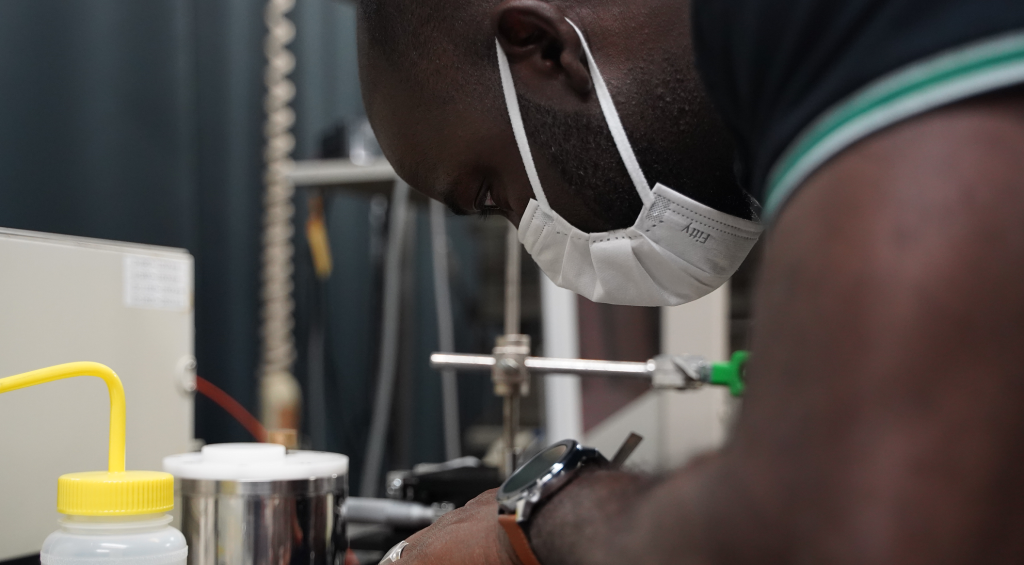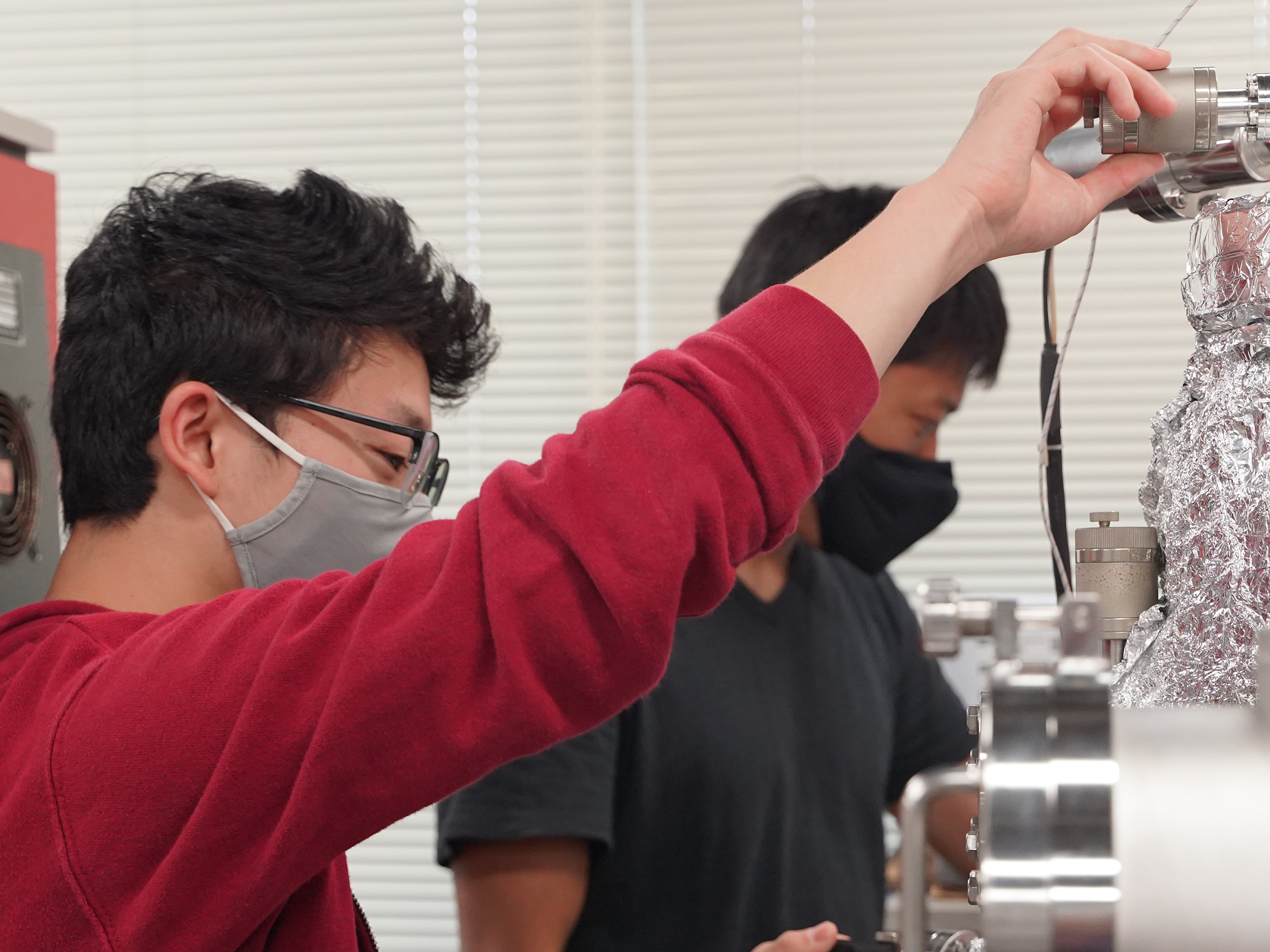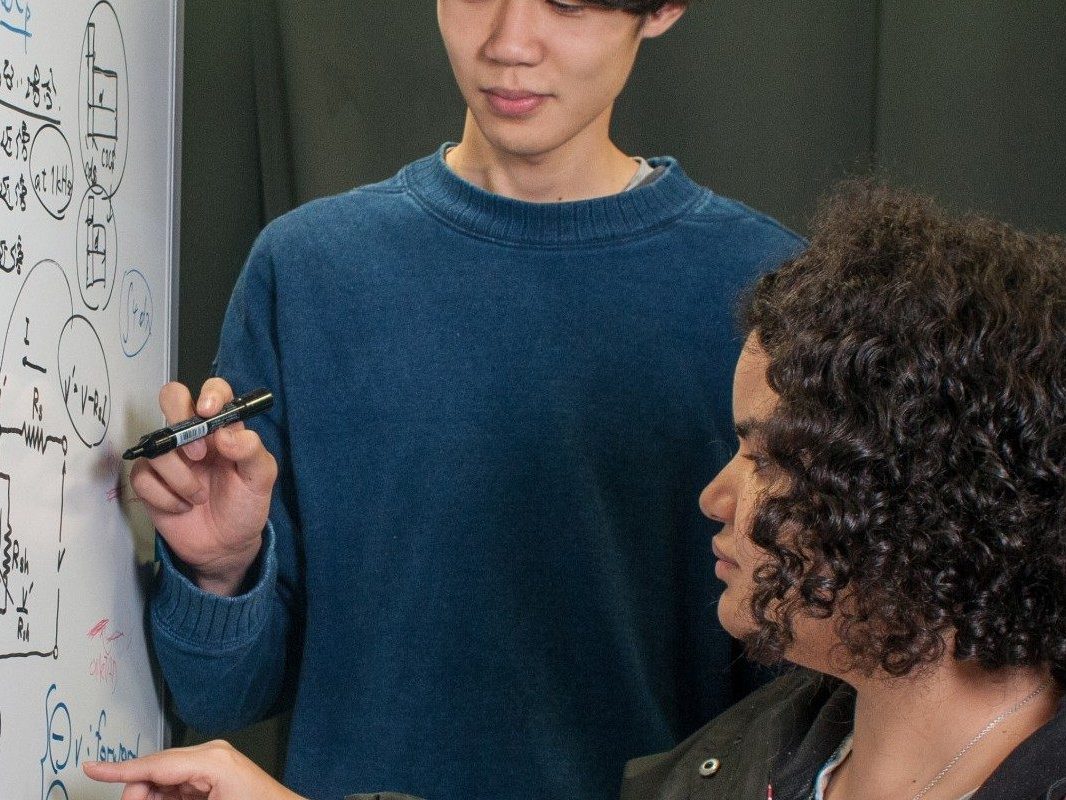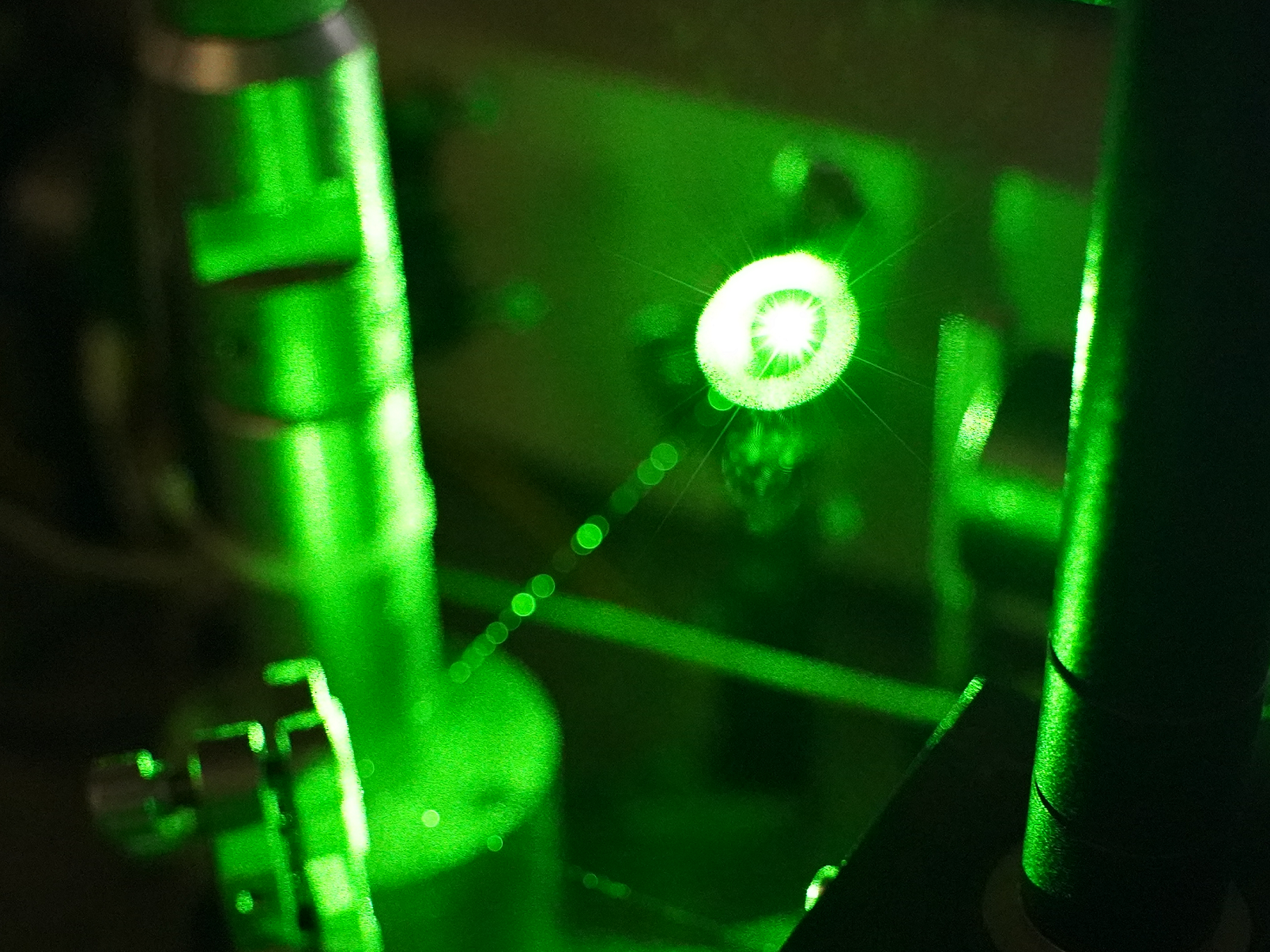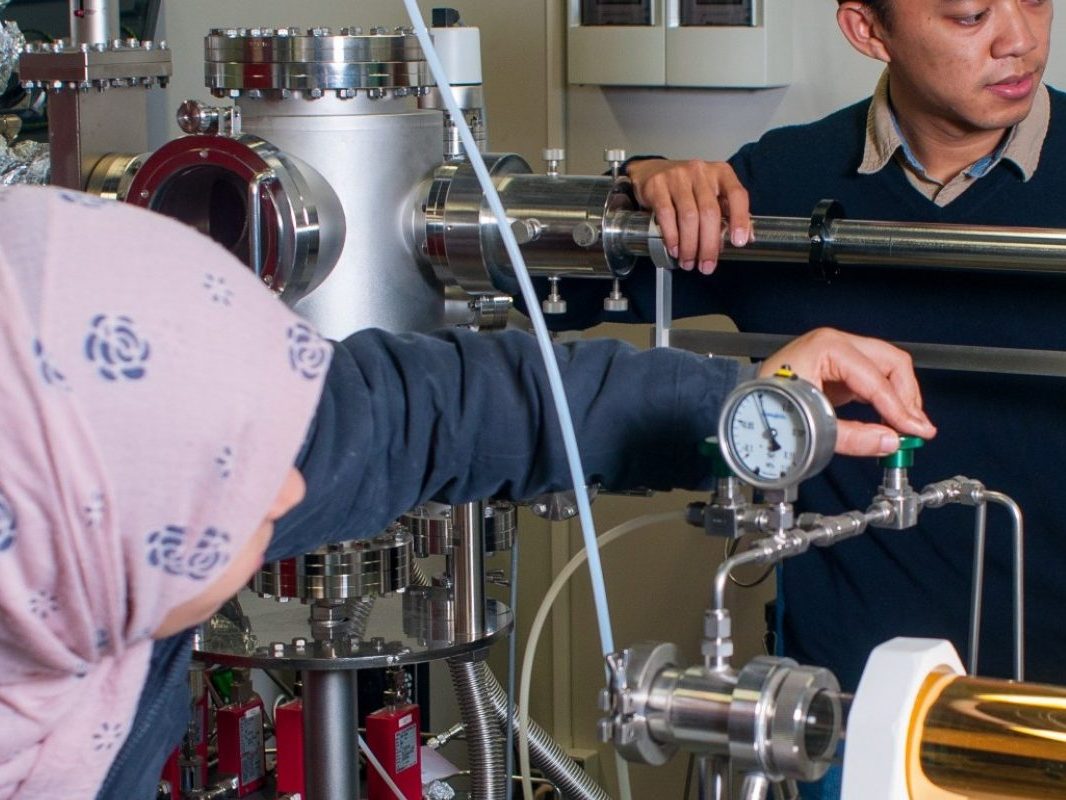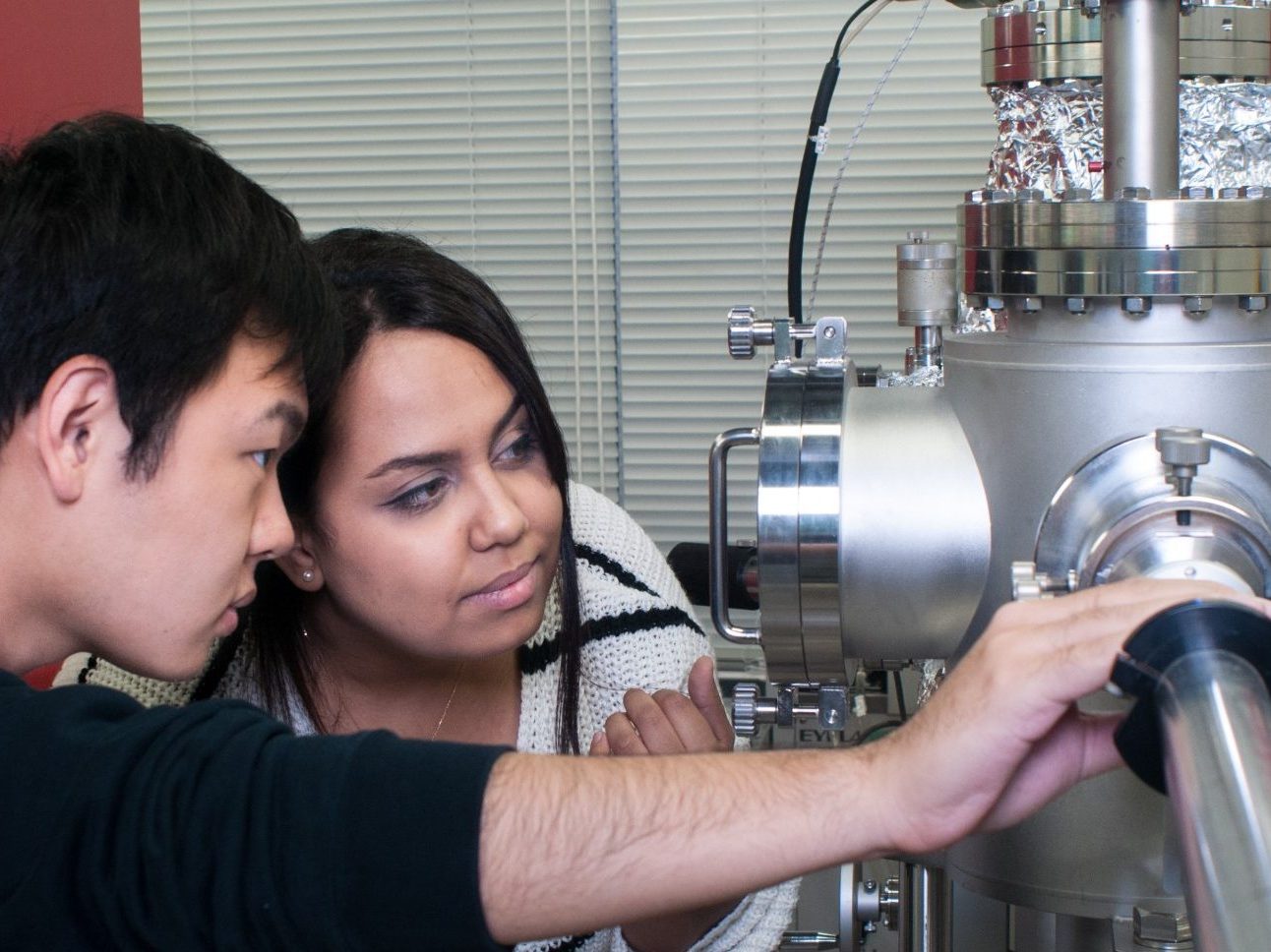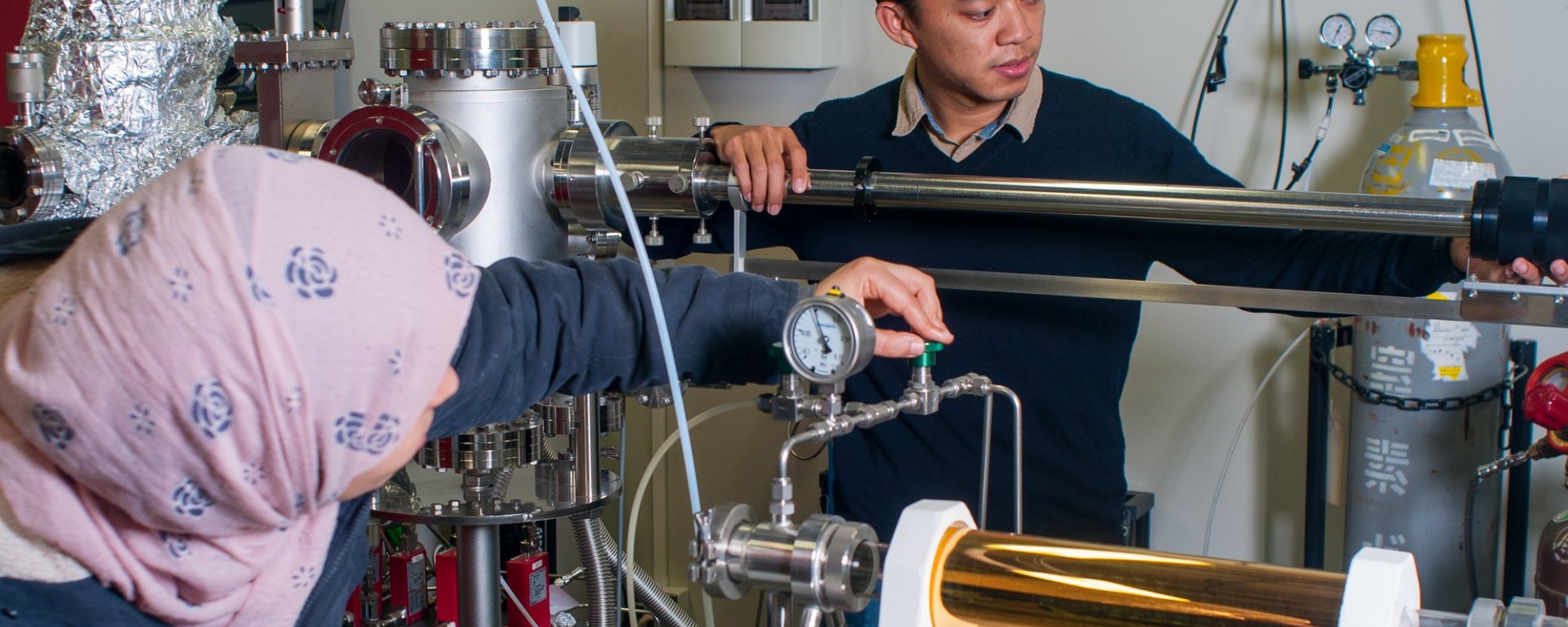
Bachelor’s Program in Interdisciplinary Engineering
The Bachelor’s Program in Interdisciplinary Engineering focuses on the creation of human resources, who will contribute to developing appropriate technologies for the next generation of society based on the knowledge acquired through this program.
What is Interdisciplinary Engineering (IDE)?
The 21st-century society is confronted with many challenges such as energy, environment, water, and more. Hence in order to address those issues, modern science and technology should assume more practical and effective roles beyond their purely academic functions.
Therefore, as a university of the 21st century, the University of Tsukuba endeavors to participate in the creation of a sustainable and smart society for future generations. In pursuit of this objective, we have introduced the Bachelor’s program in Interdisciplinary Engineering. We focus on the development of human resources who will contribute to developing appropriate technologies for the next generation of society, from the knowledge that they have acquired through this program.
Why Interdisciplinary Engineering?
The Bachelor’s program in Interdisciplinary Engineering has been meticulously designed within the framework of traditional engineering, incorporating elements of ICT and the Internet of Things (IoT).
What skills will I learn?
The specific aim of the IDE program is to provide students with comprehensive and advanced education and training in research, encompassing foundational knowledge in the natural sciences, as well as their practical applications in science and technology. By following this approach, our graduates will be equipped with the necessary skills to contribute effectively to addressing the aforementioned social challenges.
What are the career options of IDE’s graduates?
Upon successful completion of the Bachelor’s Program in Interdisciplinary Engineering, students have several options. This includes the opportunity to further advance their studies at the graduate level. Here at the University of Tsukuba, you can choose to enroll in a two-year master’s program, followed by a three-year doctoral program, which is offered by either the Graduate School of Pure and Applied Sciences or the Graduate School of System and Information Engineering.
For those who wish to pursue personal careers after graduation from the Interdisciplinary Engineering Program, you will be in constant demand by a wide variety of institutions ranging from universities, industry, public and private sectors, etc.
About the Interdisciplinary Engineering
Click the pictures below to learn more about the Interdisciplinary Engineering program education and diploma policies, as well as IDE curriculum, and list of IDE laboratories!
Admission information
Graduate Prospects
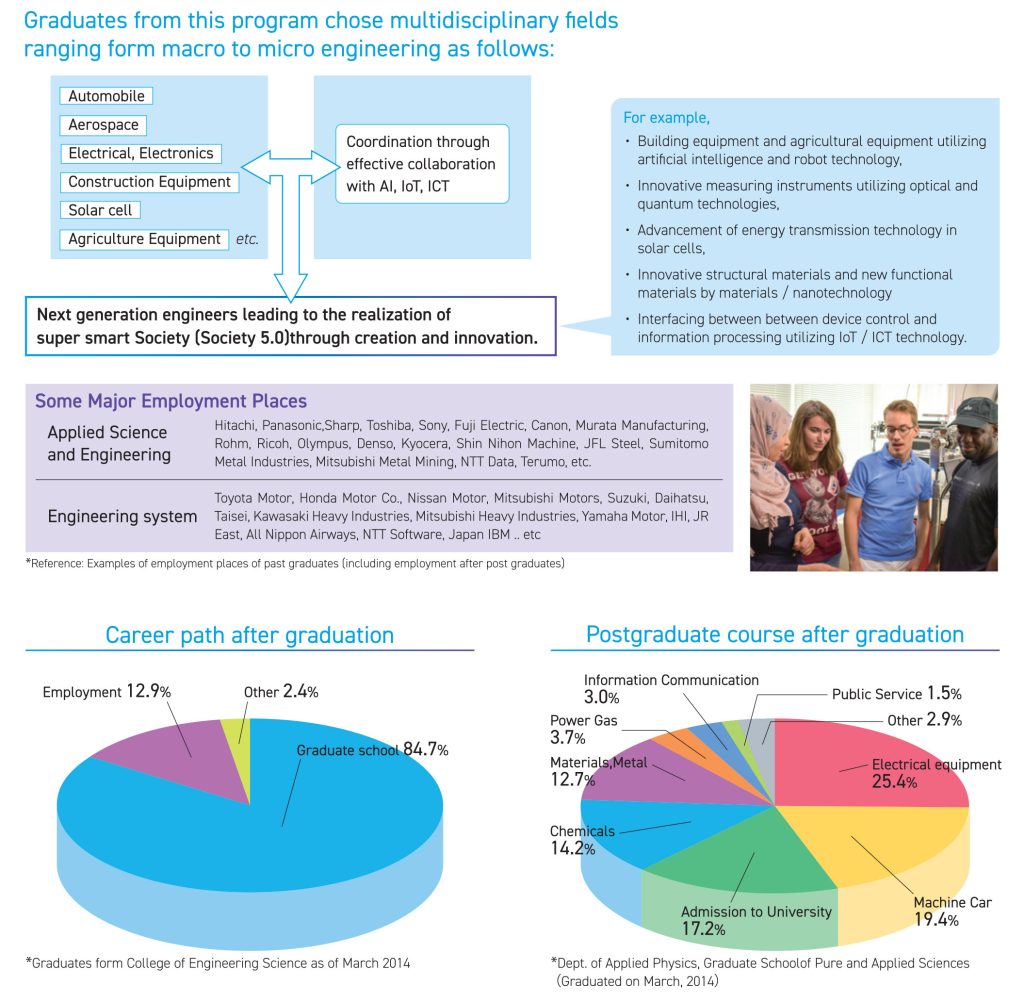
For more information about Interdisciplinary Engineering
For more information about the program, click the button below to visit IDE Home Page
For questions regarding the program, please click the link below and fill in the contact form on the page
